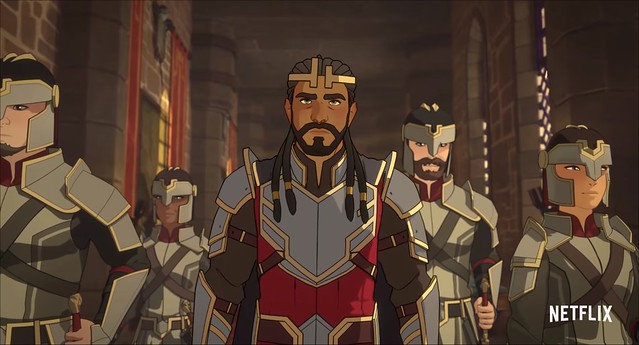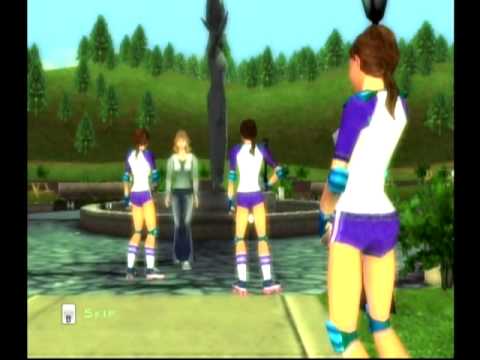Netflix and Wonderstorm recently dropped the new trailer for the upcoming animated series, The dragon Prince. The trailer attempts to kindle a lot of similarities between Nickelodeon’s original The Last Airbender, Dreamworks’ How To Train Your Dragon and the long-forgotten Canadian fanfare of Dragon Booster.
The animations are pretty terrible, as Wonderstorm attempted to mimic Arc System Works and Studio Saizensen by creating the character models in 3D and then attempting to use limited key-frame animation to bring the characters to life, but it results in a high frame-rate with low frame counts for the actual animations, and it’s not a pretty sight at all.
You can check out the trailer for yourself below.
Oddly the Netflix denizens seem to be a-okay with this animation abomination. The like/dislike ratio is quite high and it appears most people are fine with that.

The series itself is about a human boy who teams up with an elf girl as they make some grand journey to restore the last dragon egg. Humans and elves have been at war with one another and yet another war is on the verge unless they can complete their quest. It’s pretty much another derivation of Nausicaa of the Valley of the Wind.
Also, the characters don’t make a whole lot of sense. The lead character is white but his dad is black. How does that make any sense?
Seems like more of Netflix trying to hit those diversity quotas, even in animated shows where it doesn’t make a lot of sense at all. A black guy is somehow the king of the European-influenced humans?
Anyway, I wasn’t the only one who noticed that cutting out the filler frames in between the key-frames made the animations look disjointed and eye-hurting. There were plenty of people in the comment section who pointed it out despite still saying they were interested in the show.


A few people have noted that even though the animation puts them off they’ll still give it a try when The Dragon Prince makes its way onto the Netflix streaming service starting September 14th.
Based on the trailer alone it looks like it’s more of the typical diversity-agenda that has absolutely encapsulated almost all of entertainment media these days.




